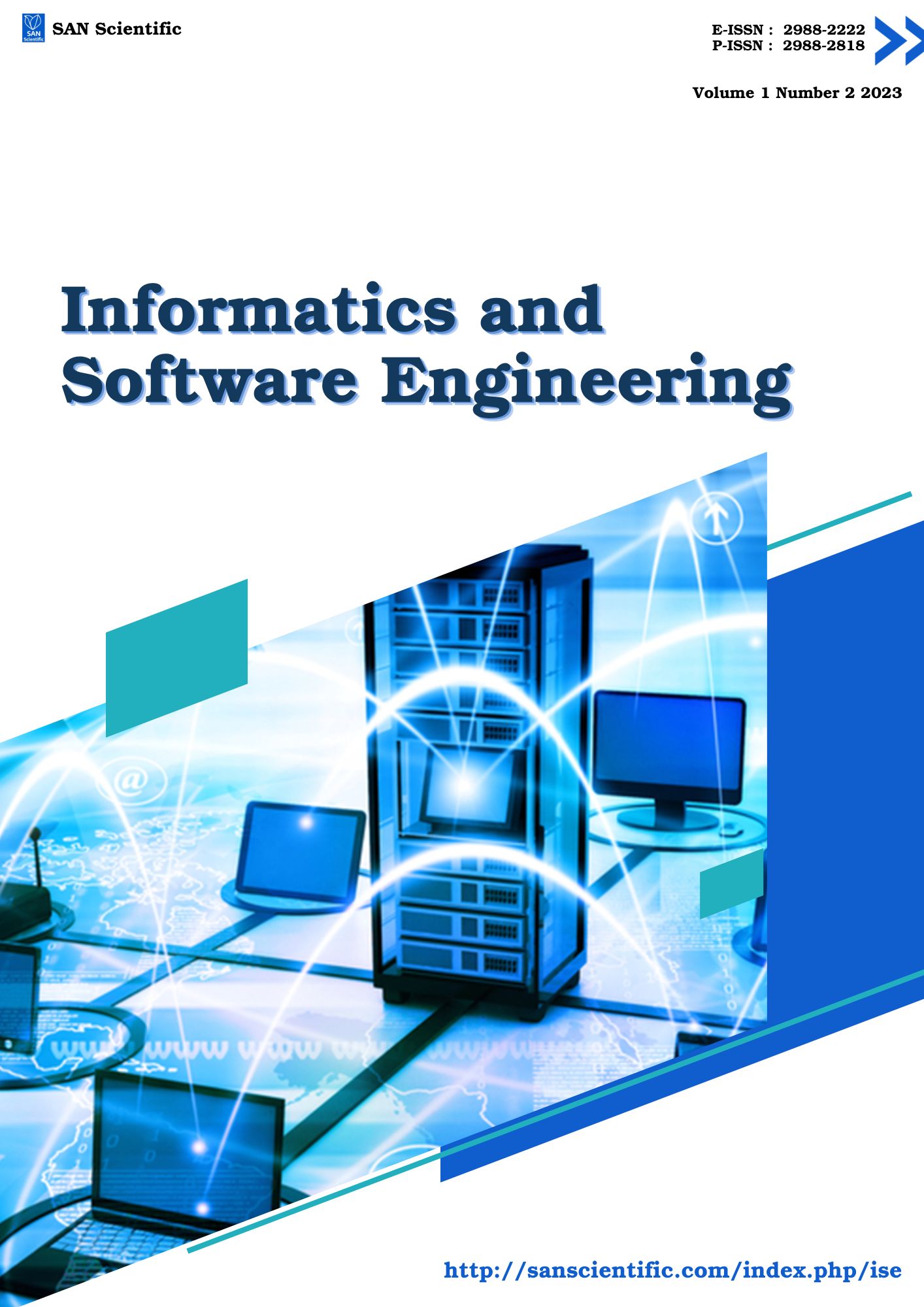Preprocessing Effects in Road Traffic Scene Analysis Using Machine Learning Models
DOI:
https://doi.org/10.58777/ise.v1i2.148Keywords:
Intelligent Transportation Systems, Machine learning, Backpropagation, PreprocessingAbstract
Image-based real-time object detection is a key issue in integrated automatic traffic monitoring and control systems and is one of the main research topics in Intelligent Transportation Systems (ITS). Despite the growing interest in the application of image processing techniques for traffic scene analysis, vehicle detection algorithms are still unreliable in complex real-world backgrounds. Machine learning models are increasingly being applied to automatic video-based object detection and traffic scene analysis due to their excellent performance in real-time pattern recognition. However, the performance of machine learning models is highly dependent on the properties of the input vectors. Studies have shown that the preprocessing of raw image data obtained from digital video can improve the predictive performance of machine learning models. The purpose of this study is to investigate the predictive performance of machine learning models using preprocessing methods such as image size reduction and image filtering. The experiment was performed with the Backpropagation model, which is one of the most popular machine learning models, and the predictive performance was compared to see how it could be affected by different preprocessing techniques.
Deteksi objek real-time berbasis gambar adalah isu kunci dalam sistem pemantauan dan kontrol lalu lintas otomatis terintegrasi dan merupakan salah satu topik penelitian utama dalam Sistem Transportasi Cerdas. Meskipun minat yang meningkat dalam penerapan teknik pemrosesan gambar untuk analisis scene lalu lintas, algoritma deteksi kendaraan masih belum dapat diandalkan dalam latar belakang dunia nyata yang kompleks. Model pembelajaran mesin semakin diterapkan pada deteksi objek berbasis video otomatis dan analisis scene lalu lintas karena kinerja mereka yang sangat baik dalam pengenalan pola real-time. Namun, kinerja model pembelajaran mesin sangat bergantung pada sifat vektor masukan. Studi telah menunjukkan bahwa pra-pemrosesan data gambar mentah yang diperoleh dari video digital dapat meningkatkan kinerja prediktif dari model pembelajaran mesin. Tujuan dari penelitian ini adalah untuk menyelidiki kinerja prediktif dari model pembelajaran mesin menggunakan metode pra-pemrosesan seperti reduksi ukuran gambar dan penyaringan gambar. Percobaan dilakukan dengan model Backpropagation, yang merupakan salah satu model pembelajaran mesin paling populer, dan kinerja prediktifnya dibandingkan untuk melihat bagaimana hal itu dapat dipengaruhi oleh berbagai teknik pra-pemrosesan.
References
Betke, M., Haritaoglu, E. and Davis, L.S. (2000). Real-time multiple vehicle detection and tracking from a moving vehicle, Machine Vision and Applications, 12, 69-83.
Fahlman, S. E. (1988). An empirical study of learning speed in backpropagation networks, Technical Report CMU-CS-88-162, Canegie Mellon University.
Gonzalez, R. C. and Woods, R. E. (2008). Digital Image Processing, NJ 07458, Pearson Prentice Hall.
Hoose, N. and Willumsen, L.G. (1987). Automatically extracting traffic data from video-tape using the CLIP4 parallel image processor, Pattern Recognition Letters, 6(3), 199-213.
Kamijo, S. and Fujimura, K. (2010). Incident Detection in Heavy Traffics in Tunnels by the Interlayer Feedback Algorithm, Int. J. ITS Res. 8, 121-130.
Kim, D. and Chang, Y. (2008). Automatic Incident Detection Using Machine Learning, Seoul Urban Studies. 6(1), 71-81.
Kim, D. (2018). Deep Learning Neural Networks for Automatic Vehicle Incident Detection, Asia-pacific Journal of Convergent Research Interchange, 4(3), 107-117.
Kim, D. (2021). Origin-Destination Flow Estimation Using Artificial Neural Networks, International Journal of Transportation, 9(5), 75-82.
Kim, D. (2010). Pre-processing of inputs to a neural network model for better performance in traffic scene analysis, Civil Engineering and Environmental Systems, 27(1), 23-31.
Kim, D. (2002). Standard and Advanced Backpropagation models for image processing application in traffic engineering, ITS Journal, 7(3-4), 199-211.
Pang, C.C.C., Lam, W.W. and Yung, N.H. (2007). A Method for Vehicle Count in the Presence of Multiple-Vehicle Occlusions in Traffic Images, IEEE Trans. Intell. Transp. Syst., 8(3), 441-459.
Rumelhart, D. E., Hinton, G. E. and McClelland, J. L. (1986a). A general framework for parallel distributed processing, In D. E. Rumelhart, J. L. McClelland and the PDP Research Group (Eds). Parallel Distributed Processing, (vol. 1). Cambridge, Massachusetts: MIT Press, 45-76.
Rumelhart, D. E., Hinton, G. E. and Williams, R. J. (1986b). Learning internal representations by error propagation, In D. E. Rumelhart, J. L. McClelland and the PDP Research Group (Eds). Parallel Distributed Processing, (vol. 1). Cambridge, Massachusetts: MIT Press, 318-364.
Siyal, M.Y. and Fathy, M. (1999). A neural-vision based approach to measure traffic queue parameters in real-time, Pattern Recognition Letters, 20, 761-770
Song, H., Liang, H., Li, H., Dai, Z. and Yun, X. (2019). Vision-based vehicle detection and counting system using deep learning in highway scenes, European Transport Research Review, 11(1), 1-16














